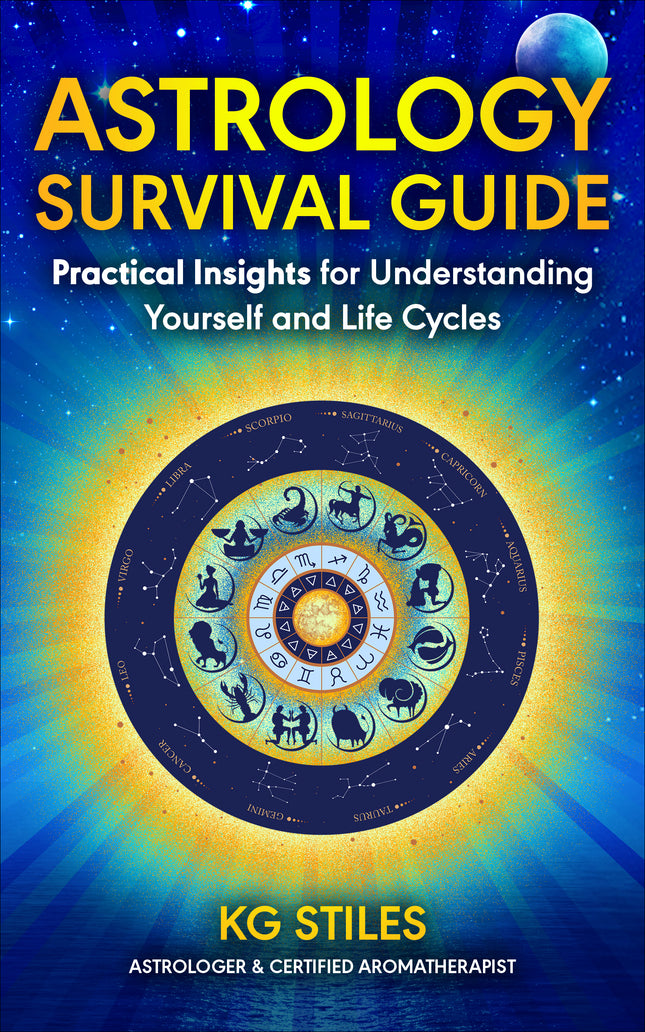 Here are your six steps to increased energy and longevity.
Here are your six steps to increased energy and longevity.
These are easy steps you can implement today!
First, let’s recap the highlights of what you’ve learned in this series on Human Longevity and Essential Oils Role; so, you'll understand WHY taking action is so important for your health and the quality of your life now and in the future.
- The natural life span of a human being is set at 125 years of age.
- The #1 factor linked to poor health and decreased life span is increased mitochondrial damage. Aging and decreased life span are linked to accumulated oxidative damage to mitochondrial DNA.
- Through the new science of epigenetics we now know that genetic predisposition to disease can be reduced/eliminated, or provoked into expression by your environment.
- The #1 contributing factor in mitochondrial damage is Oxidative Stress. Oxidative stress happens when there is an imbalance between the production of reactive oxygen species (ROS) and their elimination by protective mechanisms within your body. This imbalance of ROS and your body’s protective immune defenses is the culprit that leads to chronic inflammation.
- Research has shown that essential oils can be used to help manage and eliminate daily stressors in your life that can lead to oxidative stress. Studies show that essential oils from the Ester Family help reduce stress most, i.e. clary sage, roman chamomile, lavender, bergamot, geranium, ylang ylang and helichrysum.
- Antioxidants. Antioxidants are THE primary way your mitochondria are protected from intense oxidative stress. Studies show the anti-inflammatory potential associated with essential oils. Of the majority essential oil compounds studied, most are classified as monoterpenes. The highest free radical-scavenging activity for reducing inflammation was obtained by lavender, lemon grapefruit and peppermint oil.
- Optimal Nutrition. The foods you eat provide the key nutrients that your body needs to maintain a healthy internal environment that keeps your body nourished, robust and filled with life energy.
- Toxic metals and environmental pollutants. These can show up as harmful contaminants in your environment like BPA and dioxins, or the negative impact that your social relationships and community can play in creating robust health or disease. Sources for heavy metal contaminants and chemical toxins, include: water supply, seafood, mercury fillings, food additives, plastics, metals leached from cooking utensils, environmental toxins such as pesticides and chemical fertilizers.
- Alcohol. Alcohol abuse has been linked to disease and poor physical and psycho-emotional health for many years.
6 STEPS TO INCREASED ENERGY & LONGEVITY:
- Starting out with optimal mitochondrial DNA helps. Studies show your mitochondrial DNA is inherited through your mother. Though a few studies indicate that very rarely a small portion of a person’s mitochondria can be inherited from the father.
- Optimize your nutrition to protect your mitochondria from oxidative stress. As the greatest source of oxidative stress and damage to mitochondrial DNA, this may be your most powerful anti-aging strategy. Read article, Antioxidants for Health and Longevity Essential Oils to Use, includes lists of the key foods, minerals, supplements and essential oils to use for optimizing your nutrition.
- Decrease your exposure to toxins. This is obviously true for virtually every disease, but because of the huge metabolic activity of the mitochondria, they are especially susceptible to toxins. Essential oils can help you create a safe and clean environment in your home and work space. Use essential oils to reduce your exposure to toxins and enhance the quality of your environmental space. Although research on the biological effects of essential oils characterize all essential oils as antioxidant (inhibit cellular oxidation and free radical damage), studies show the most potent antioxidant activity comes from essential oils in the Phenol and Monoterpene families.
- Consider taking supplements that facilitate mitochondrial ATP production, i.e. alpha lipoid acid, glutathione, N-Acetyl Cysteine (NAC), polyphenols, i.e. grapeseed extract, CoQ10 and the B vitamin riboflavin. You might also consider supplementing with alternative energy sources, such as creatine and compounds that can bind mitochondrial toxins, such as carnitine.
- Regular exercise and building muscle mass. Research has shown even those with mitochondrial damage, such as that found in Parkinson’s disease, can increase ATP production through strength training.
-
Intermittent Fasting. Scientists have discovered that fasting increases ketone levels more than a keto diet. Science has shown that a higher level of ketones flowing through your body has the possible benefits of improving: Increased energy levels, lowering blood pressure, reversing insulin resistance, better mood and cognitive enhancement. Ketogenic diets can increase ketones fourfold whereas fasting has been shown to increase ketones up to twentyfold. As a result, fasting, compared to a ketogenic diet, may have a stronger, more beneficial effect on your overall health.
When you fast, you drop insulin levels and increase glucagon (maintains glucose levels), which stimulates autophagy. Autophagy is usually achieved after about 14–16 hours of fasting, but increases even more after 24 hours. Peak autophagy and maximum benefits occur at 48-72 hours. Autophagy is your body's way of cleaning out damaged mitochondria and other cells, in order to regenerate newer, healthier cells.





Leave a comment